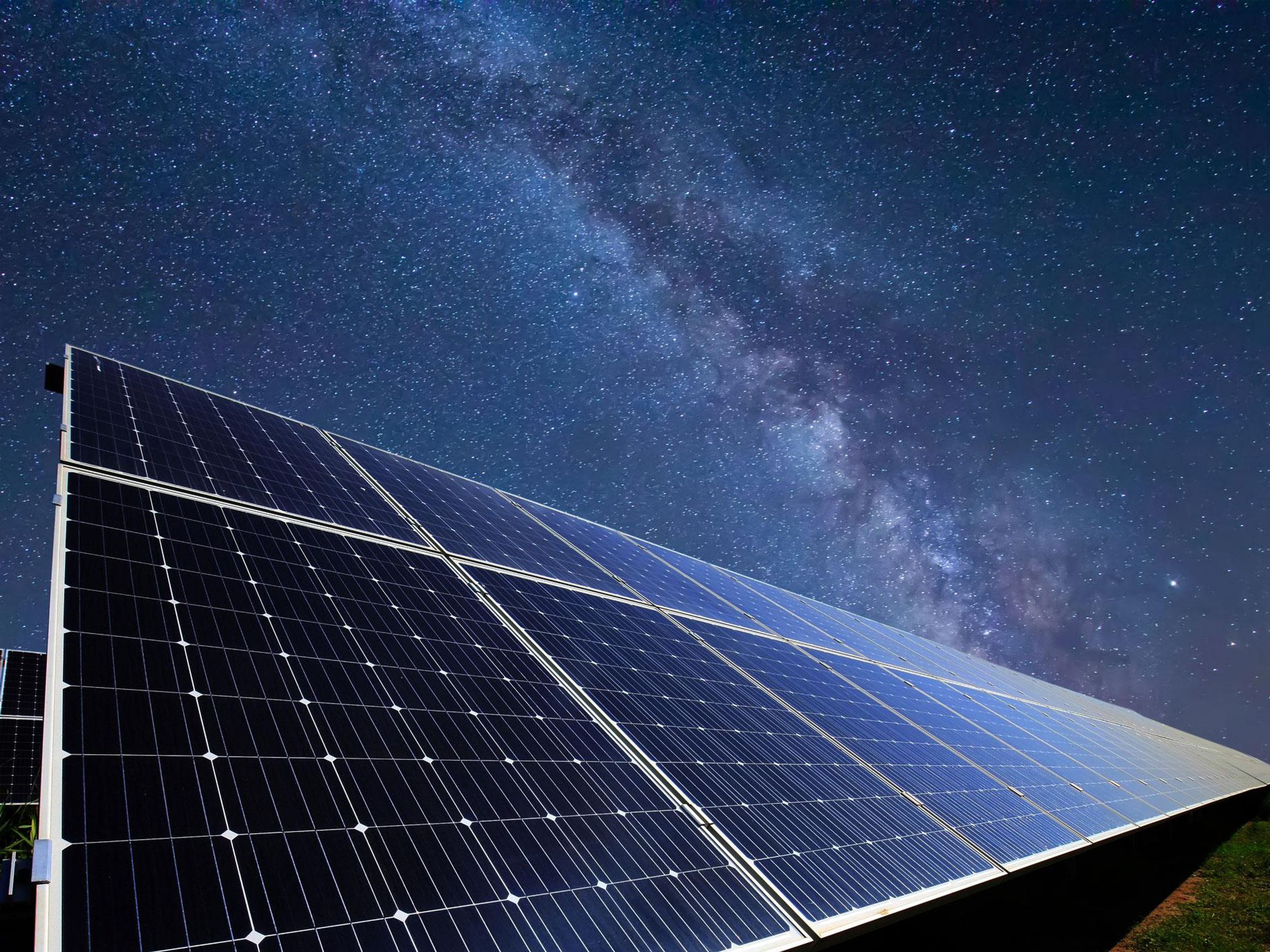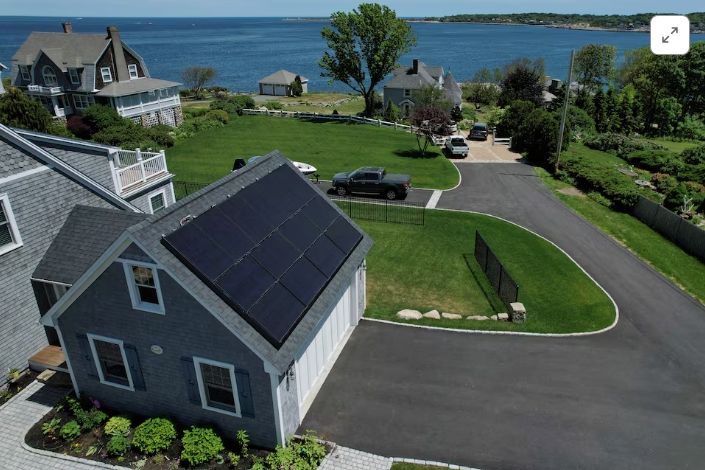
Compared to the 100 to 200 watts per square meter that solar cells produce when the sun is shining, the nighttime production is a trickle at 50 mW/m2. “But it is already financially interesting for low-power-density applications like LED lights, charging a cellphone, or trying to power small sensors,” says Shanhui Fan, a professor of electrical engineering at Stanford University who published the work along with coauthors in Applied Physics Letters.
Fan and his colleagues harnessed the concept of radiative cooling, the phenomenon by which materials radiate heat into the sky at night after absorbing solar energy all day and that others have tapped before to make cooling paint and energy-efficient air-conditioning. Because of this effect, the temperature of a standard solar cell pointing at the sky at night falls below ambient air temperature. This generates a heat flow from the ambient air to the solar cell. “That heat flow can be harvested to generate power,” Fan says.
To do that, the researchers integrated a photovoltaic cell with a commercial thermoelectric generator (TEG) module, which converts temperature difference into electrical power. The TEG sits underneath the solar cell, and an aluminum sheet between the two conducts heat from the solar cell to the TEG. The other side of the TEG connects via a heat sink to ambient air.
While existing solar panels could be retrofitted with a TEG to produce power at night, Fan says, the crucial thing for the devices to work well together is to have very close thermal contact between solar cells and the TEG, a challenge that retrofit solutions will have to overcome.
The team tested their prototype TEG-integrated solar cell for three days in October 2021 on a rooftop in Stanford, Calif. The demonstration showed a nighttime power production of 50 mW/m2. The team estimates that in a hotter, drier climate, the same setup could generate up to 100 mW/m2.
Fan says there’s substantial room for improvement, because the conventional solar cell they used is not designed for radiative cooling. It emits heat waves in the mid-infrared range of wavelengths around 10 micrometers. By tweaking that emission wavelength, the solar cell could be made even cooler at night, which would increase the temperature difference, and ultimately the power that the TEG produces.
“In principle, it could be possible to engineer the thermal-emission property of the solar cell to optimize its radiative cooling performance without affecting solar performance,” Fan says. “Our theoretical calculations point to the possibility of a few hundred milliwatts or maybe even 1 watt.”
The Stanford team plans to engineer new solar cells to improve the nighttime power generation and also plan to scale up their prototype. Cost could be one barrier to scaling up the idea, since TEGs are typically made of expensive materials. The team has not done a detailed cost analysis, but Fan says that for an apples-to-apples comparison, you would have to compare their 24-hour solar cell with a nighttime setup in which you produce solar power during the day and then use a battery to get power at night.
Given the significantly longer lifetimes of TEG modules over a battery’s typical five years, Fan says that “our preliminary calculations indicate that there are application scenarios where thermoelectric may have the potential to outperform a battery approach.”







